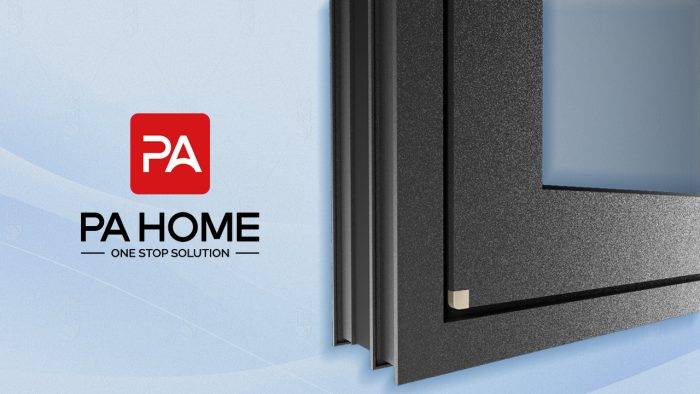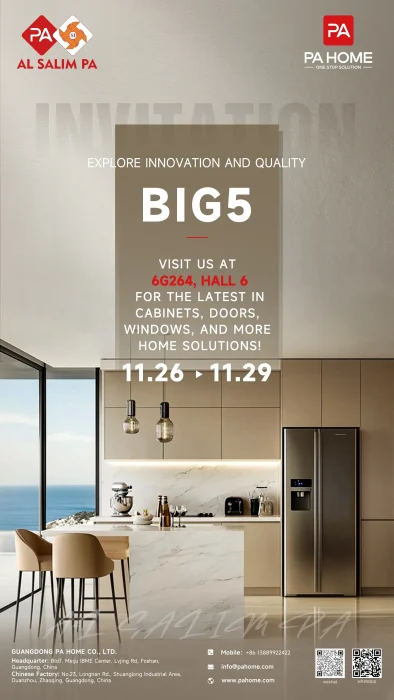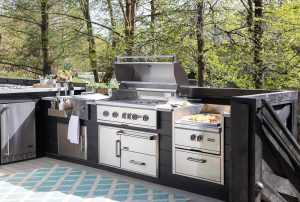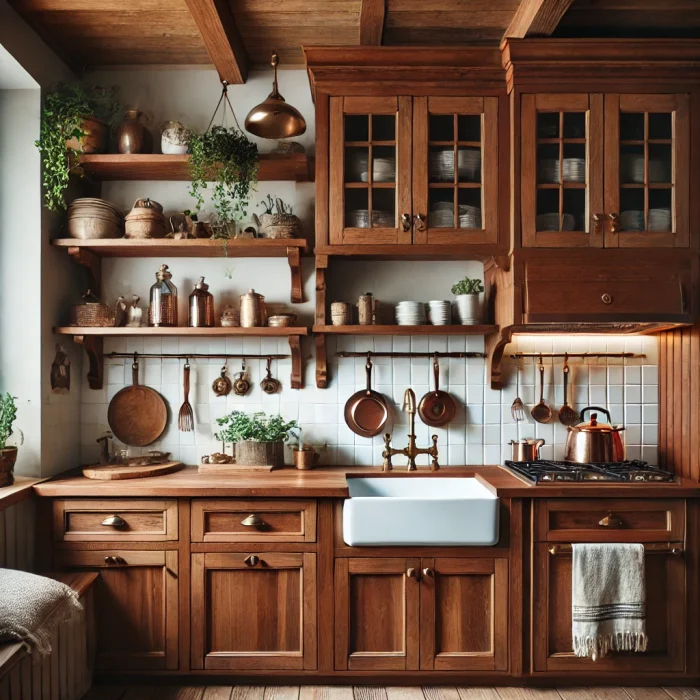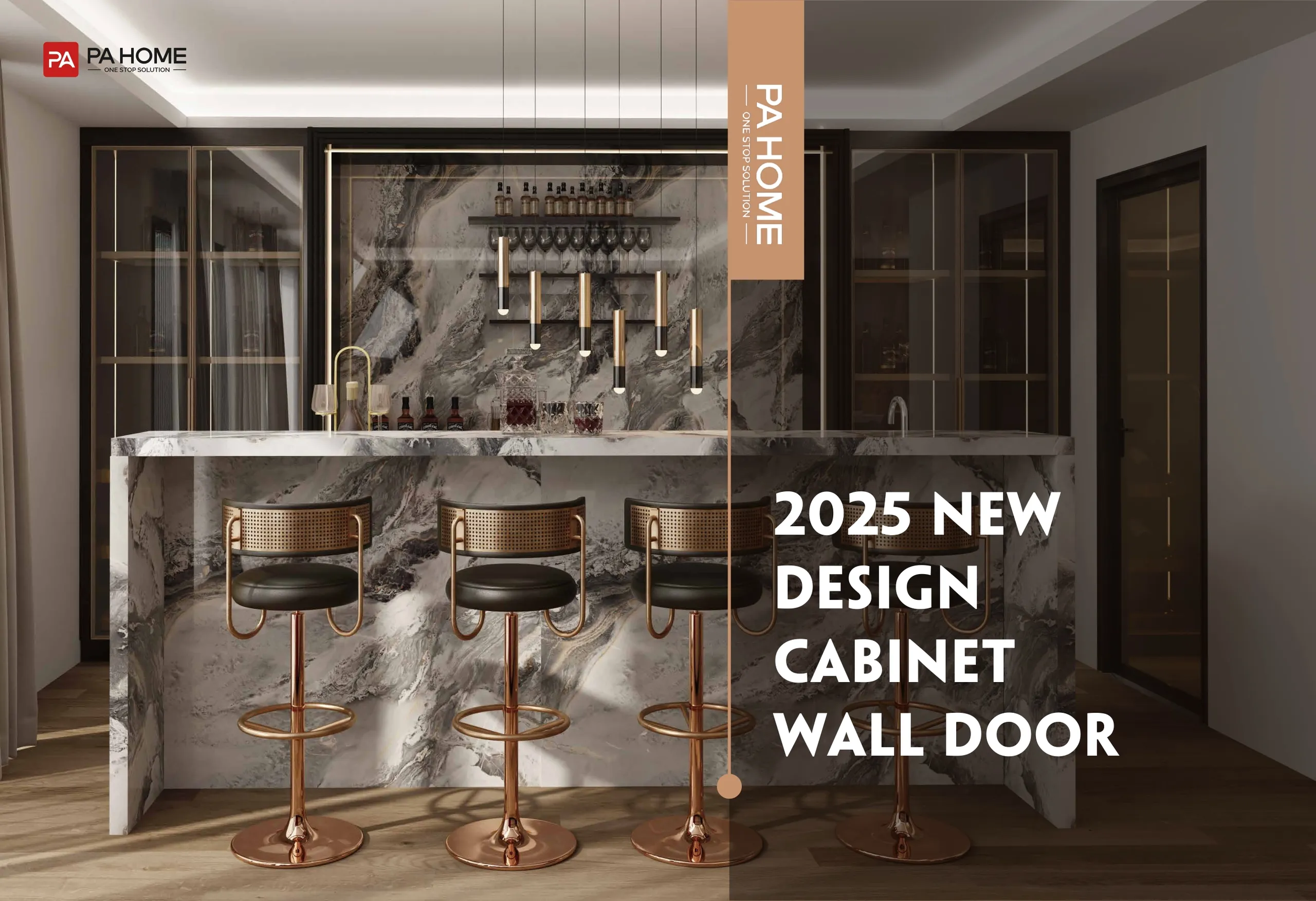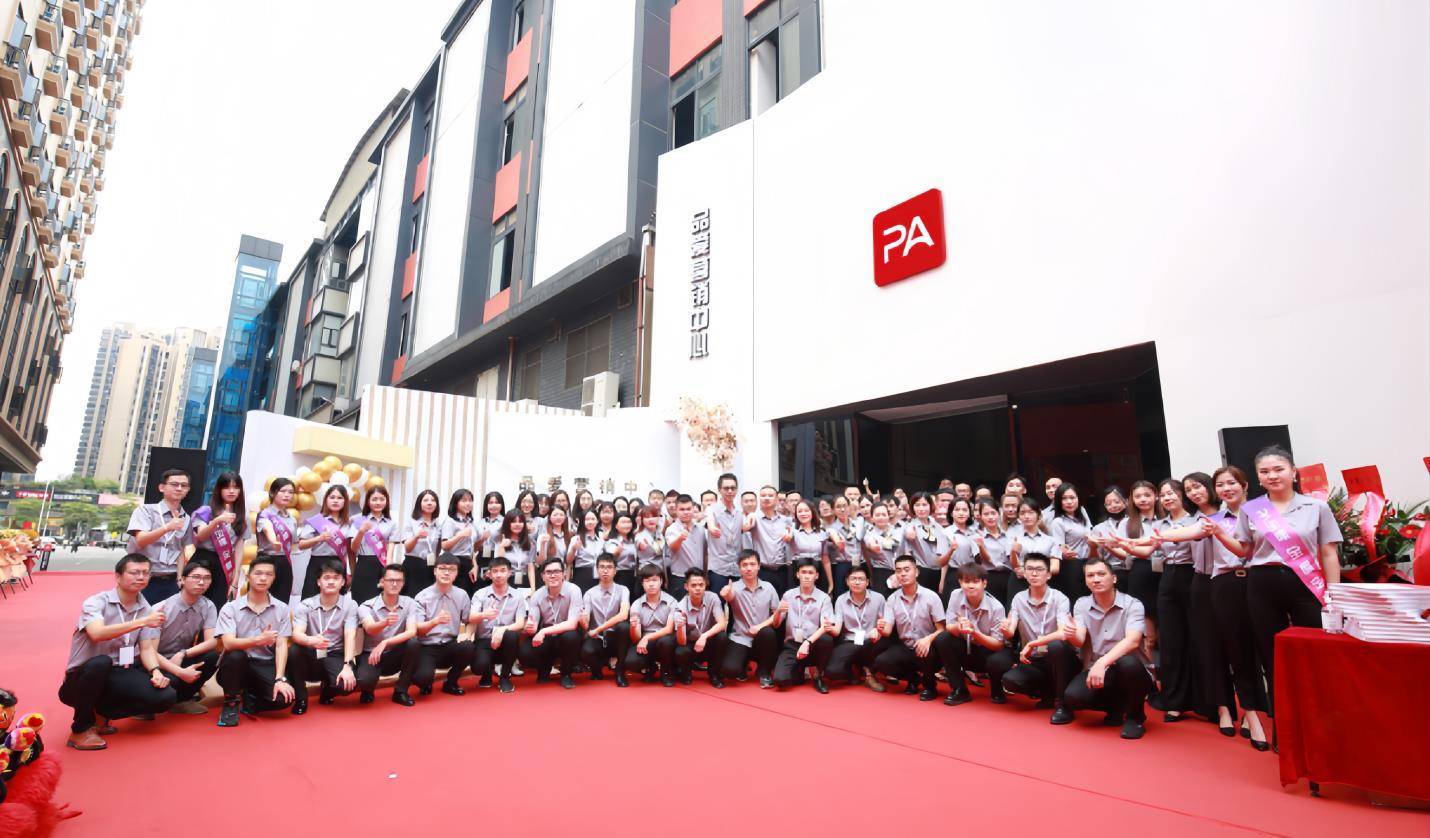If you’ve been browsing new ways to decorate your walls, you’ve probably come across PVC wall panels more than once. They’re glossy, affordable, and promise a quick transformation. But are they really as good as they sound? Let’s unpack everything you need to know before deciding whether PVC wall cladding deserves a spot in your home.
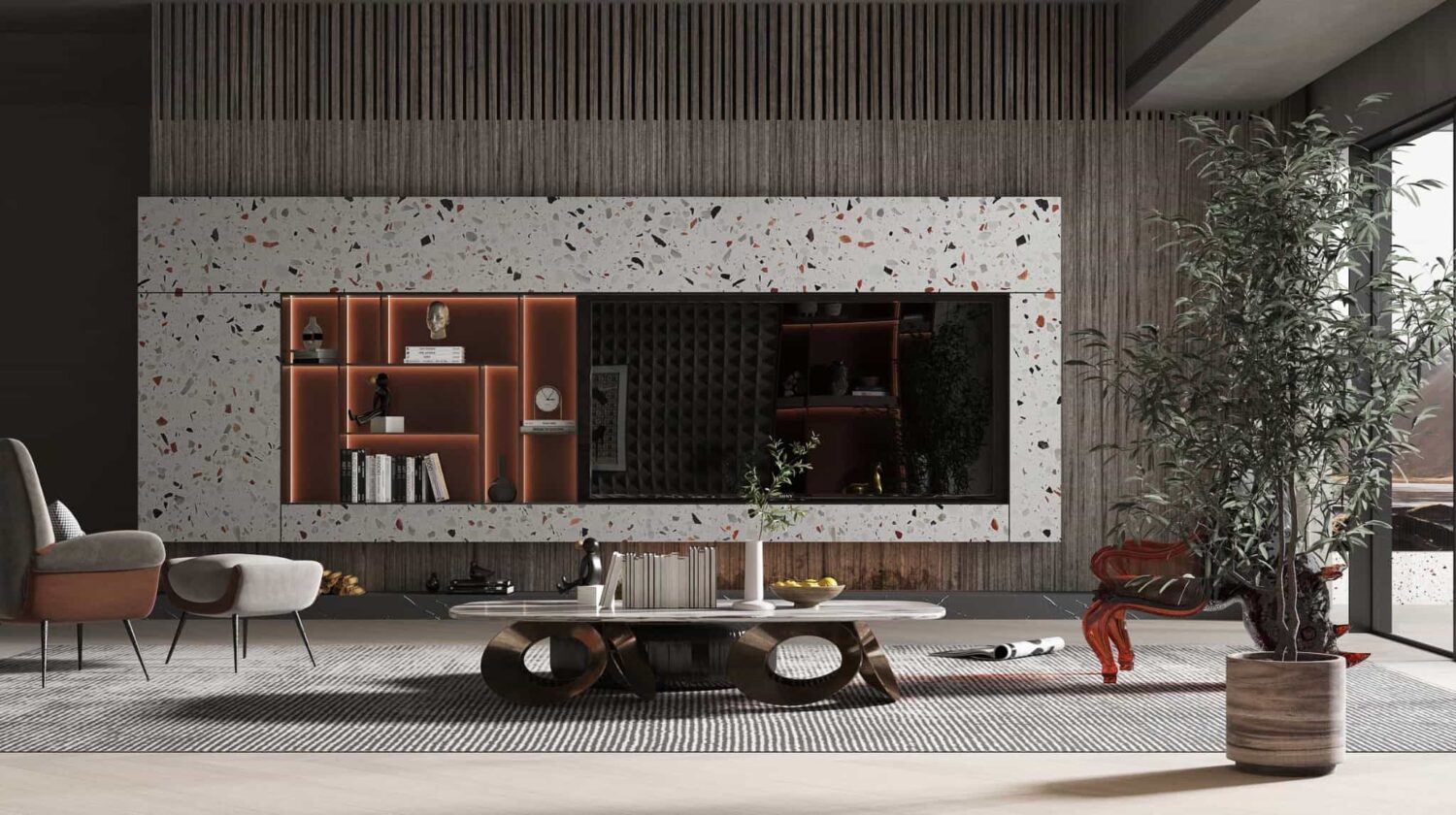
What Is a PVC Wall Panel and How Is It Made?
PVC stands for polyvinyl chloride, a synthetic plastic polymer widely used in construction materials. PVC wall panels are manufactured by heating and molding the polymer into hollow or solid boards, often with printed textures or laminations that resemble marble, wood, or stone.
These panels usually come in:
Hollow-core panels: Lightweight, affordable, and easy to install.
Solid panels: More rigid and durable, ideal for commercial settings.
Laminated or decorative PVC wall panels: Feature film-coated surfaces for richer color and design variety.
Common sizes range from 8 to 10 mm thick and 8 to 10 feet long. Because they’re water-resistant and lightweight, they’re especially popular for bathrooms, kitchens, and basements.
Why Are Homeowners Choosing PVC Wall Panels?
PVC wall panels have become a favorite alternative to drywall, tiles, and paint — and for good reasons.
1. Waterproof and Moisture-Resistant
Unlike drywall or MDF, PVC wall panels don’t absorb water. This makes them perfect for humid rooms like bathrooms or laundry areas where mold and mildew often thrive. According to a report from Research and Markets (2024), global demand for waterproof wall coverings, especially PVC, has grown by over 12% annually due to their moisture resistance.
2. Easy to Clean and Maintain
Forget scrubbing stains or repainting every few years. You can wipe PVC wall cladding with a damp cloth, and it’ll look new again. That’s a lifesaver for busy homeowners.
3. Affordable and Fast to Install
PVC wall panels can be installed 40–50% faster than tiles, and with less mess. You don’t need heavy cement or grout — just adhesives or interlocking tongue-and-groove systems. That saves both labor time and cost.
4. Termite and Rust Resistant
Because PVC isn’t organic, it doesn’t attract termites, and it never rusts or corrodes. That’s a huge plus in coastal or tropical regions.
5. Stylish Variety
Modern PVC decorative wall panels come in countless textures — matte, glossy, marble-effect, or even 3D designs. They bring character to plain walls without the price tag of natural stone or wood.
So far, so good — but no material is perfect. Let’s look at the other side of the story.
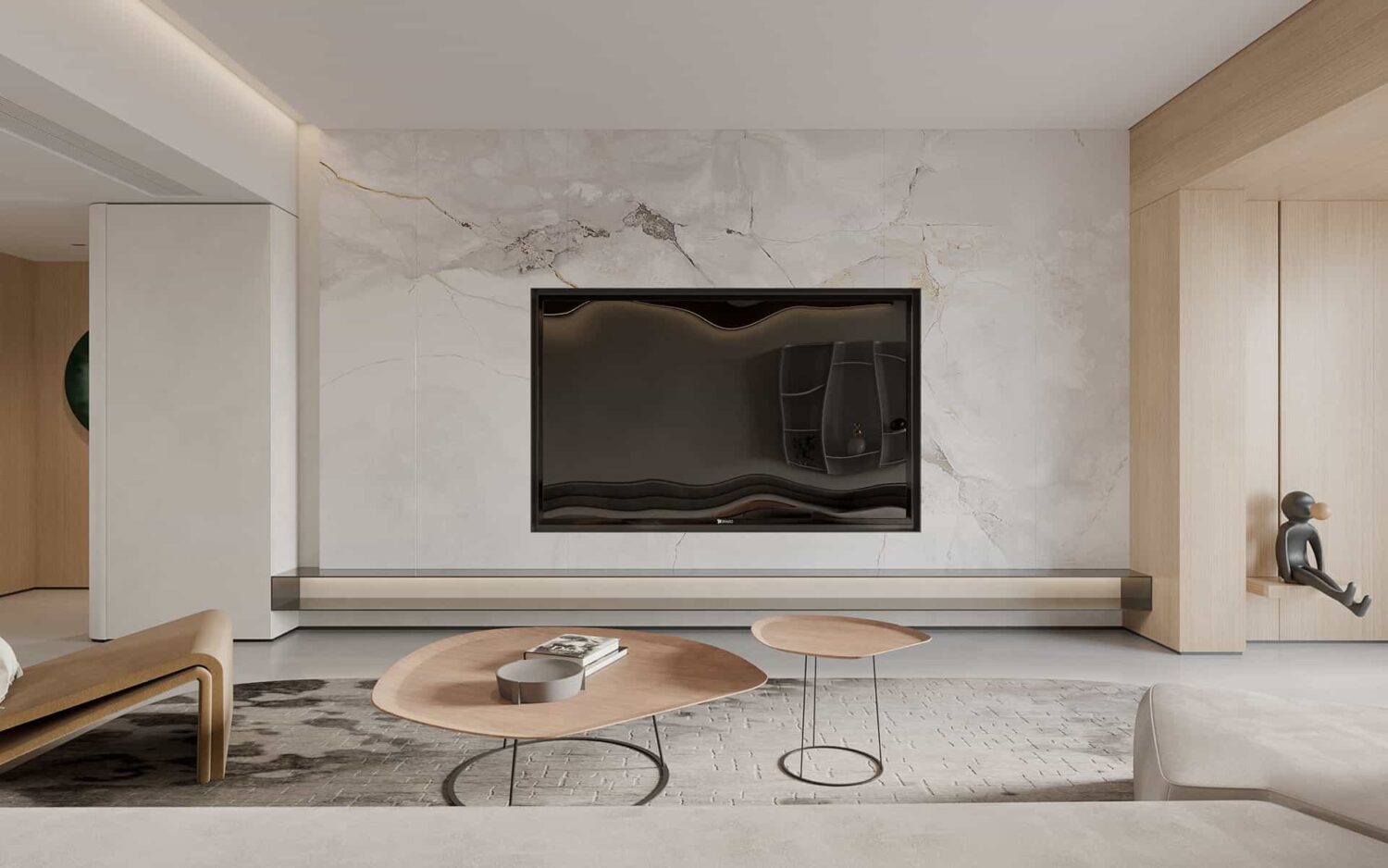
How Durable and Safe Are PVC Wall Panels Over Time?
PVC is durable, but like all materials, it has limits. Let’s talk about lifespan, safety, and what to expect in the long run.
1. Lifespan and Strength
On average, PVC wall panels last 15–20 years when properly installed and maintained. They resist scratches and impact better than paint but are less sturdy than ceramic tiles. They’re lightweight, so they’re great for decorative purposes but not for mounting heavy shelves or wall units.
2. Heat Sensitivity
PVC begins to soften at around 140 °F (60 °C). This means it shouldn’t be installed near ovens, cooktops, or direct heat sources. If exposed to heat, panels may warp or discolor slightly over time.
3. Fire and Toxicity
Modern panels often contain fire-retardant additives, yet PVC is still a combustible material. In a fire, it can release hydrogen chloride gas. To stay safe, always check for certifications like ASTM E84 Class A (low flame spread) or EN 13501-1 B-s1-d0 ratings.
4. Indoor Air Quality
High-quality panels today are lead-free and low-VOC, reducing chemical odor. Always verify that the product complies with RoHS or REACH standards. Cheap, uncertified imports can emit volatile compounds that cause discomfort in closed rooms.
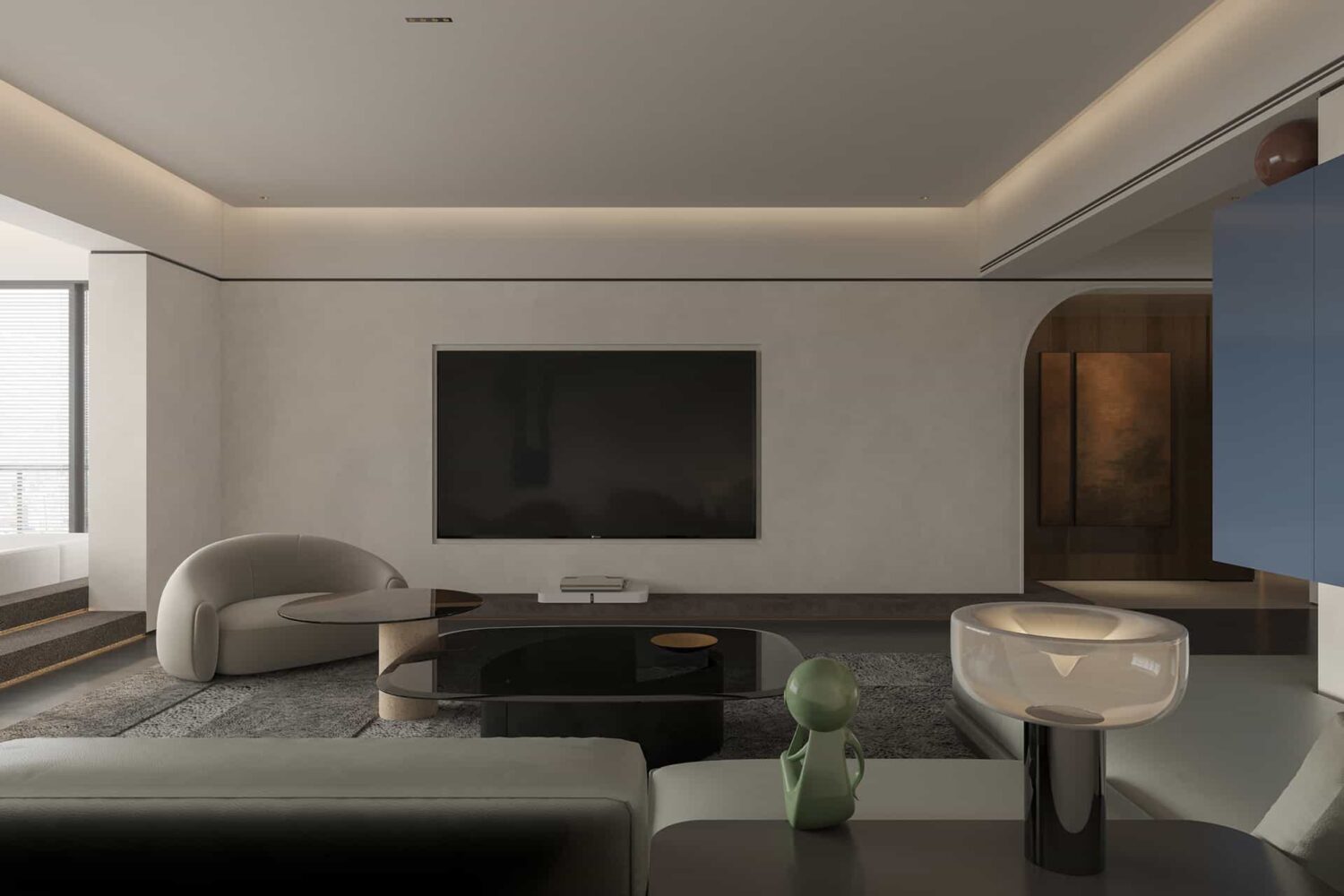
Do PVC Wall Panels Look Cheap or Stylish in Modern Interiors?
Here’s where design perception really divides opinions.
Older generations of PVC wall panels did look plastic and glossy. But new printing and lamination technology has changed that. You can now find PVC wall panel designs that mimic real marble, oak, concrete, or stone so convincingly that most guests won’t notice the difference.
Design Tips
- Combine textures: Use marble-look PVC panels on accent walls and plain matte panels elsewhere.
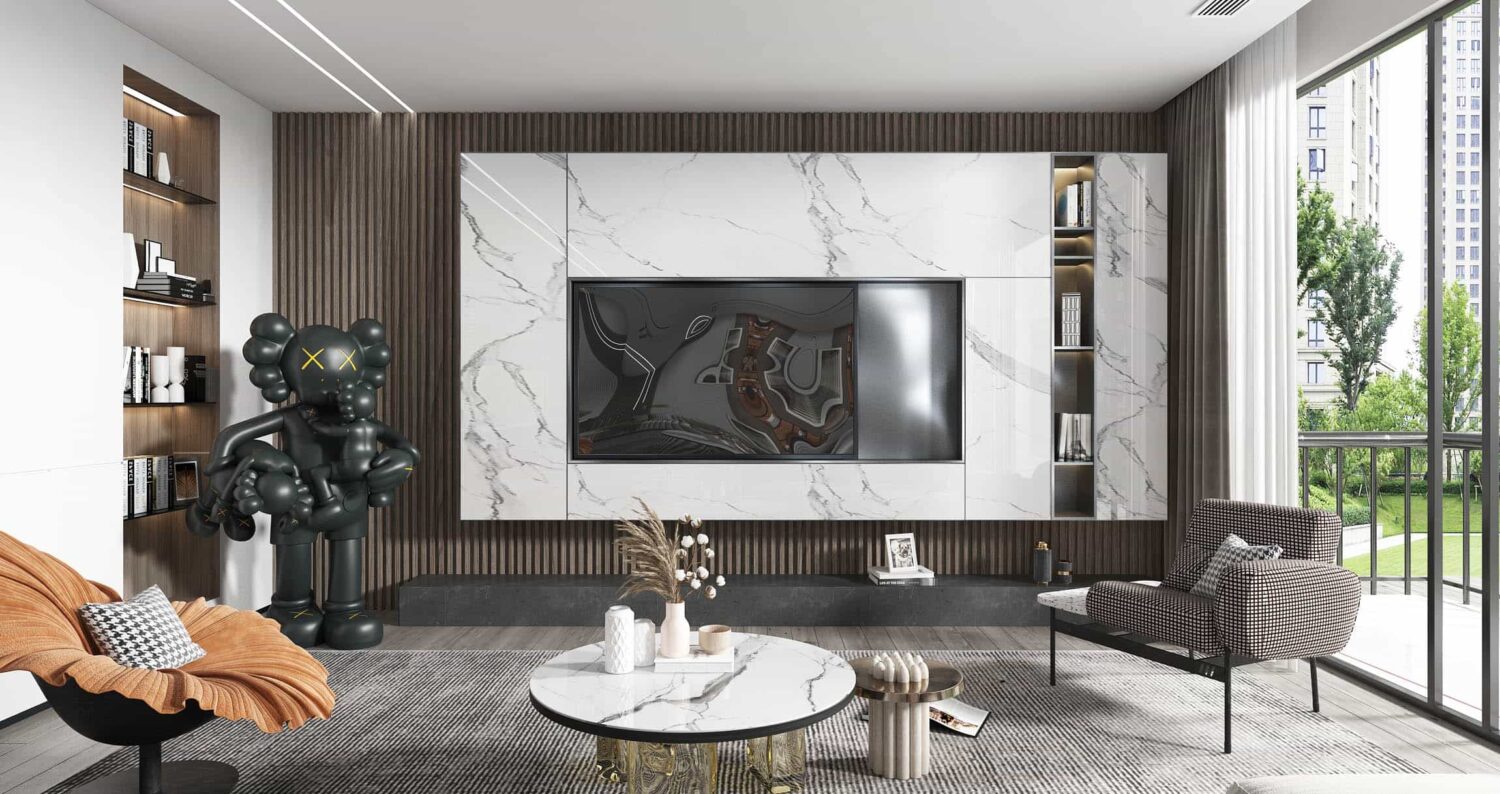
Play with lighting: Add LED strips; the reflective surface enhances depth and brightness.
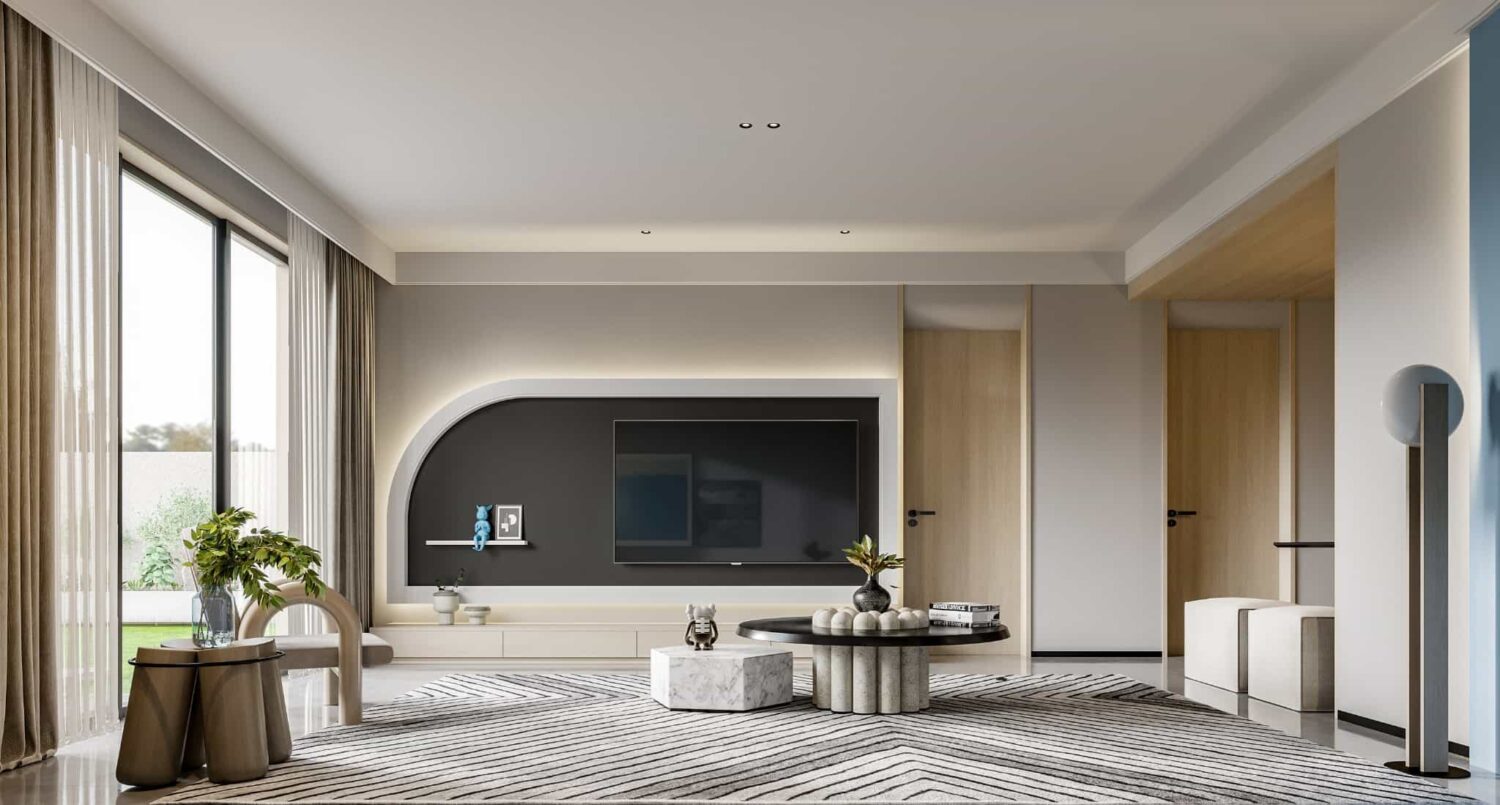
- Mix materials: Pair PVC panels with wooden trims or aluminum frames for a modern contrast.
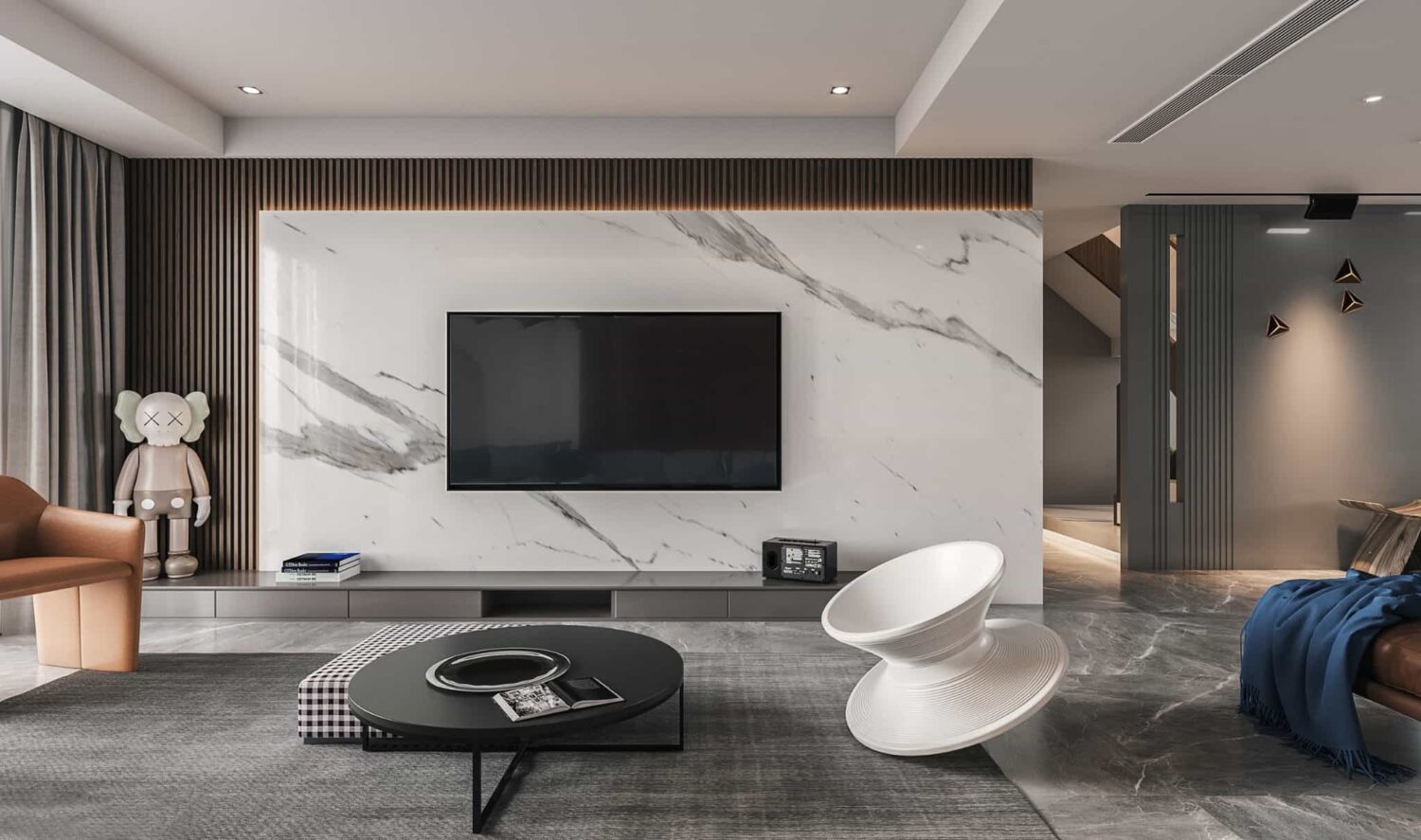
When chosen thoughtfully, PVC panels can easily blend into high-end, minimalist, or industrial interiors. Think of them as “the chameleon of wall finishes.”
Where Can You Use PVC Wall Panels Effectively?
PVC wall cladding isn’t just for bathrooms anymore. Let’s see where it shines — and where it doesn’t.
Best Applications
Bathrooms & Washrooms: 100% waterproof and mold-resistant.
Kitchens: Behind countertops (away from direct heat).
Basements & Garages: Resist damp and peeling paint.
Commercial Spaces: Salons, clinics, cafes — easy to clean and maintain.
Ceilings: Lightweight enough for suspended or drop-ceiling applications.
Not Recommended For
Near Heat Sources: Directly above stoves or radiators.
Outdoor Walls: Prolonged UV exposure can cause discoloration.
Load-Bearing Walls: PVC can’t support heavy objects without reinforcement.
By knowing its strengths and limits, you can maximize both its lifespan and appeal.
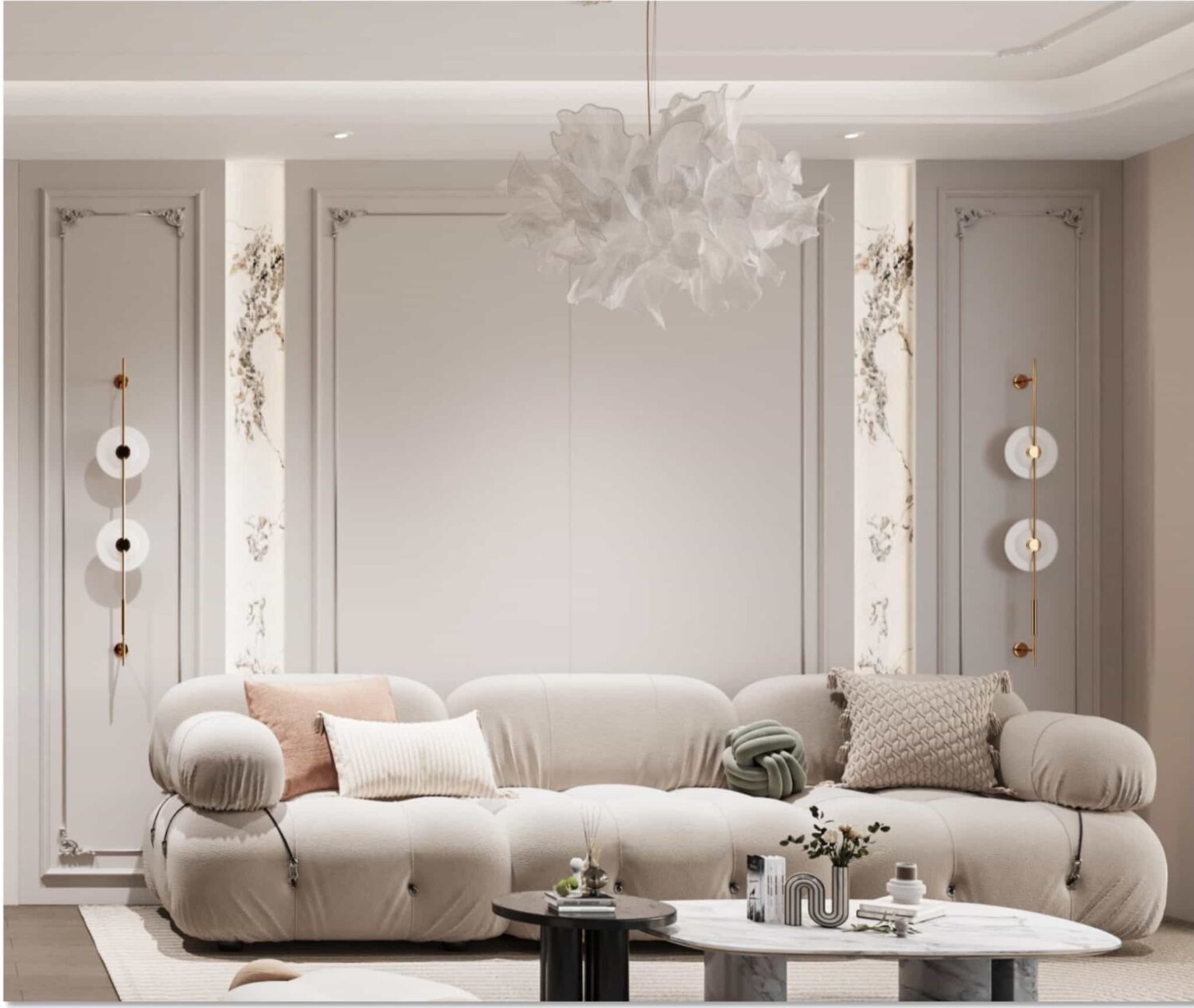
How Does PVC Wall Panel Installation Work?
Installing PVC wall panels is simpler than you think — even for DIYers.
1. Surface Preparation
Make sure your wall is flat, dry, and clean. Panels can be fixed on wooden battens, metal channels, or existing tiles.
2. Mounting Methods
Adhesive Fixing: Ideal for small spaces or decorative walls.
Screw & Channel: Best for high-moisture areas; provides extra stability.
Tongue-and-Groove Locking: Easiest for DIY; panels interlock seamlessly.
3. Finishing Touches
Use silicone sealant at corners and joints to ensure waterproofing. Always leave a small 2–3 mm gap for thermal expansion.
4. Maintenance
Clean with mild detergent and soft cloth. Avoid abrasive cleaners or alcohol-based solvents that may dull the finish.
What Are the Main Disadvantages of PVC Wall Panels?
Despite all the advantages, PVC wall panels come with a few trade-offs.
Heat Deformation: They soften in high temperatures, so avoid placing them near direct flames.
Plastic Look in Some Models: Budget options may still look synthetic, especially under harsh light.
Low Structural Strength: You can’t hang heavy cabinets or TVs without hidden backing.
Environmental Concerns: PVC is not biodegradable, though some manufacturers now offer recycled or eco-PVC options.
Joint Sealing Issues: If not properly sealed, gaps can allow moisture behind the panels.
These issues can be managed by choosing certified, high-quality panels and hiring experienced installers.
How Do PVC Wall Panels Compare with Other Wall Materials?
| Feature | PVC Wall Panel | Drywall | Tile | WPC Panel | MDF Panel |
|---|---|---|---|---|---|
| Water Resistance | Excellent | Poor | Excellent | Good | Poor |
| Installation Time | Very Fast | Moderate | Slow | Fast | Moderate |
| Maintenance | Easy | Medium | Hard | Easy | Medium |
| Heat Resistance | Low | Good | Excellent | Good | Moderate |
| Cost (per sq ft) | $2–$6 | $1–$4 | $5–$12 | $4–$8 | $3–$7 |
| Lifespan | 15–20 years | 10–15 years | 20+ years | 15–25 years | 10–12 years |
Are PVC Wall Panels Environmentally Friendly?
That depends on how they’re made. Traditional PVC isn’t biodegradable and can release toxins if burned. However, new production methods are improving its environmental profile.
Eco-Friendly Developments
Lead-Free Formulations: Modern PVC uses calcium-zinc stabilizers instead of lead.
Recycled PVC: Some brands incorporate 30–50% recycled content.
Closed-Loop Systems: Manufacturers like VEKA Group are developing PVC recycling loops that recover up to 97% of used material.
Lower VOC Emissions: Certified panels emit under 0.5 mg/m³ TVOCs, meeting GreenGuard standards.
While PVC isn’t the greenest option available, choosing certified, recycled, and low-VOC products helps reduce environmental impact significantly.
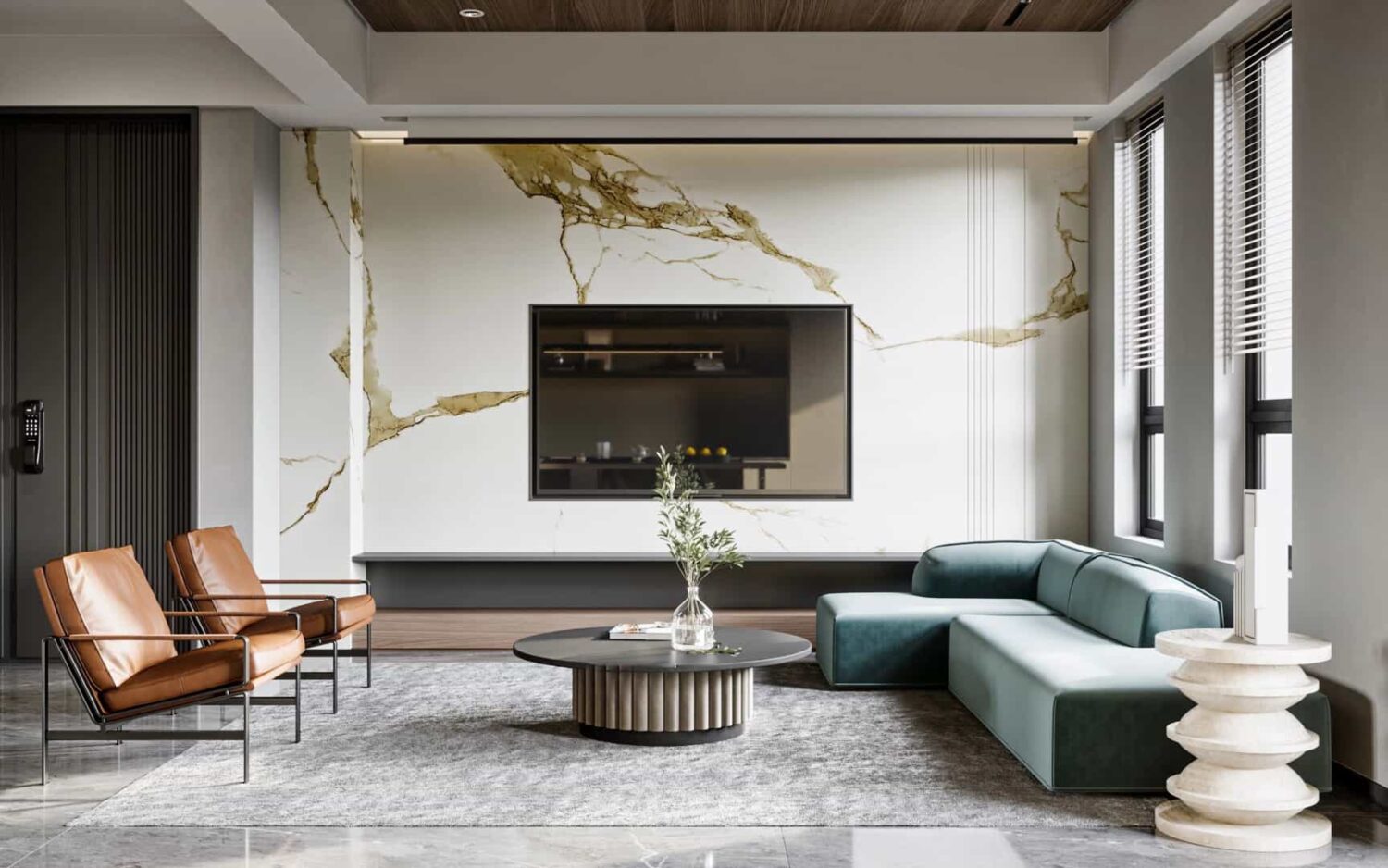
How to Choose the Best PVC Wall Panel for Your Project?
Buying PVC wall panels isn’t just about color. Here’s how to make a smart pick.
Check Certification: Look for ISO 9001, RoHS, or ASTM E84 marks.
Assess Thickness: Thicker panels (8–10 mm) resist warping better.
Inspect Surface Finish: High-pressure laminated surfaces stay vibrant longer.
Ask About Fire Ratings: Always ensure fire-retardant additives are included.
Compare Warranties: Reputable brands offer 10-year warranties against fading or cracking.
Match the Design: Choose textures that complement your interior style rather than dominate it.
These factors separate premium products from cheap imitations that fade or warp quickly.
Should You Invest in PVC Wall Panels?
So, are PVC wall panels a good choice? The short answer: yes, for the right places.
They’re perfect for wet, humid, or low-maintenance spaces and offer great value for money. But if your room is exposed to high heat or direct sunlight, or you want a long-term sustainable material, you might consider WPC or tile alternatives.
For most homeowners, PVC wall panels strike a solid balance between function, affordability, and design flexibility. Just be sure to pick certified, high-quality panels and install them correctly — that’s where good looks meet long life.
FAQs
Yes, PVC wall panels are 100% waterproof because they’re made from non-porous polyvinyl chloride. They don’t absorb moisture, making them ideal for bathrooms, kitchens, and basements. Unlike drywall, they prevent mold, mildew, and dampness, ensuring a longer lifespan in humid environments.
High-quality PVC wall cladding can last 15–20 years or more with proper installation and care. Their durability depends on factors like panel thickness, room temperature, and exposure to UV light. Regular cleaning and avoiding direct heat help extend their life significantly.
That depends on your needs. PVC wall panels are cheaper, lighter, and easier to install than tiles or drywall. They’re waterproof and low-maintenance, perfect for wet areas. However, tiles offer higher heat resistance, and drywall is more suitable for living areas where aesthetics and paint flexibility matter.

